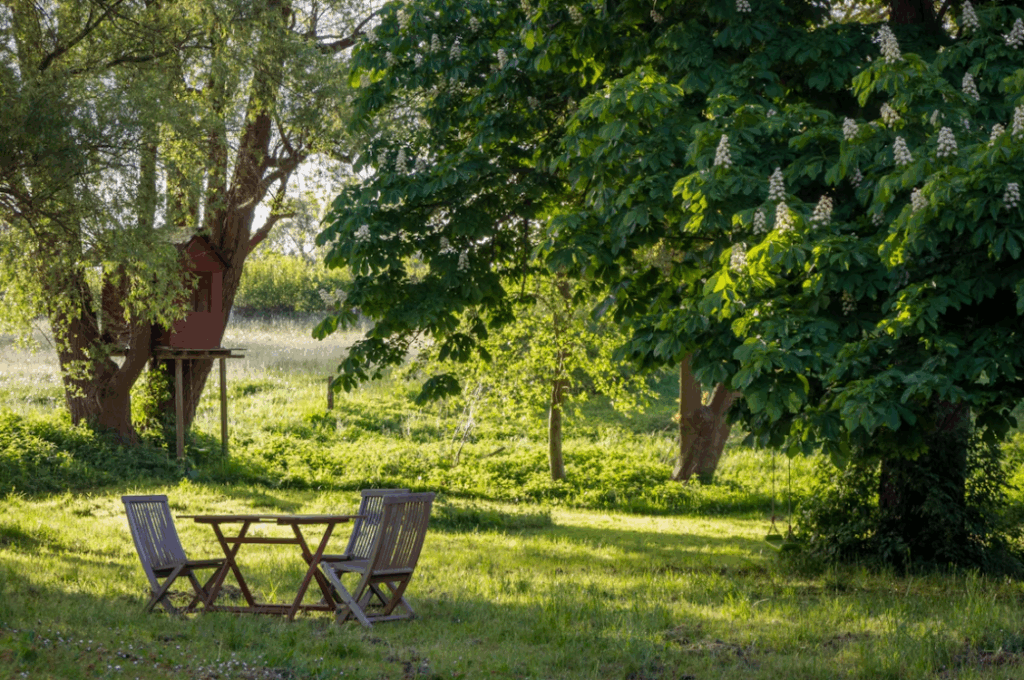A garden is more than a patch of land filled with greenery. It is a reflection of the gardener’s intentions and values, an outward expression of inner life, and a stage where food, beauty, and rest all intertwine. Many gardens fail to satisfy because they lack direction: plants are chosen randomly, layouts evolve without thought, and maintenance turns into a chore rather than joy. Designing a garden with purpose changes everything. It brings coherence and meaning, transforming even the smallest balcony into a sanctuary.
The first consideration is intention. Asking simple questions—do I want food, shade, decoration, or peace?—clarifies the direction. Some people envision abundant vegetables feeding their families, while others dream of a floral retreat scented with lavender. Some want play areas for children, while others want spaces that invite reflection. Defining this before planting guides every choice. Purposeful gardens save time and frustration because each element supports a clear goal.
But intention is more than personal. A purposeful garden considers sustainability. Native plants not only survive more easily but also support birds, bees, and butterflies endemic to the region. Avoiding pesticides safeguards not only soil health but also the complex web of animals, insects, and fungi that co-create balance. Installing rain barrels reduces water waste, and composting turns kitchen scraps into nutrients rather than landfill. In these ways, purpose expands to include planetary health as well as personal satisfaction.
Purpose also embraces emotional well-being. Research confirms what gardeners already intuitively know: tending plants reduces stress, promotes mindfulness, and restores a sense of balance. Incorporating corners with seating beneath trees or winding stone paths invites meditative walks. Planting fragrant herbs near doorways transforms routine moments into calming experiences. Here purpose transcends function and touches the soul.
Designing for aesthetics is equally valuable. Color palettes that shift with seasons keep the garden alive year-round. Bright spring bulbs yield to summer perennials and autumn leaves. Contrasting textures of ferns, grasses, and shrubs add rhythm and charm. Thoughtful lighting enables enjoyment at twilight, making the garden not limited to daylight hours but a full living extension of home. Each thoughtful decision adds layers of beauty that enhance the emotional purpose of the space.
Perhaps the most powerful expression of purposeful design is when gardens extend into community. Shared garden plots transform vacant city lots into thriving ecosystems. Even in suburban yards, gardeners who exchange seeds or invite neighbors to harvest surplus vegetables are contributing to something larger. The purposeful garden becomes not merely private but an offering that fosters connection and generosity.
A purposeful garden is not defined by size, scale, or cost but by intentionality. It is about aligning every choice—whether practical, ecological, or aesthetic—with a guiding vision. Through this clarity, gardening becomes more than labor; it becomes storytelling. Each plant narrates part of a personal story about nourishment, beauty, stewardship, or peace. In this sense, purposeful gardens endure beyond seasons. They grow into memories for families, homes for wildlife, sources of food, and sanctuaries for tired minds. They show that when we design with meaning, we are not only shaping landscapes but also shaping the lives connected to them.

